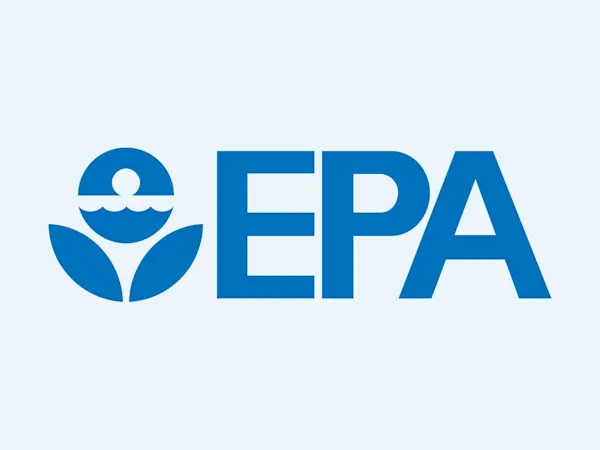
EPA Announces Sweeping Measures to Combat PFAS Contamination in US Water Systems
EPA unveils sweeping PFAS regulation reforms, directly impacting manufacturers, utilities, and regulators. Discover what compliance actions are required now.


A new report from the U.S. Government Accountability Office (GAO) calls for the Environmental Protection Agency (EPA) to accelerate efforts to support public water systems in managing per- and polyfluoroalkyl substances (PFAS) in drinking water. The GAO emphasizes that most public water systems are struggling to implement treatment methods and manage the resulting PFAS-contaminated waste, raising concerns ahead of new EPA regulations set to take effect by 2029.
In April 2024, the EPA established maximum contaminant levels (MCLs) for six PFAS, requiring public water systems to comply by April 2029. These regulations apply to common PFAS such as perfluorooctanoic acid (PFOA) and perfluorooctane sulfonate (PFOS), with limits set at 4 parts per trillion. According to the GAO report, while the regulation is a significant step forward, the majority of water systems are not fully prepared for compliance.
A survey conducted by the GAO revealed that 77% of public water systems in six states have yet to implement PFAS treatment solutions. Granular activated carbon is the most used treatment method, but it generates PFAS-contaminated waste that presents additional disposal challenges. Public water systems are uncertain about how to safely manage this waste due to unclear regulatory guidance.
The report also highlights that most systems (68%) have not yet considered waste management methods, with many relying on landfills and incineration without a clear understanding of long-term impacts. The absence of federal regulatory standards on PFAS disposal adds to the confusion.
The GAO found that 86% of large water systems face difficulties communicating the health risks of PFAS to the public. Although the EPA introduced a PFAS Communication Toolkit, many systems are unaware of its existence. Additionally, financial constraints are a significant barrier, with systems struggling to secure funding for both treatment implementation and ongoing waste management.
To address these issues, the GAO made four key recommendations:
The EPA’s forthcoming actions on these recommendations are crucial as public water systems face increasing pressure to meet the 2029 regulatory deadline. Without clear guidance and financial support, many systems, particularly in rural or disadvantaged communities, may struggle to comply, potentially leaving millions of Americans at risk of PFAS exposure in their drinking water.
Foresight continuously tracks 1000s of sources and maps updates to your portfolio:




EPA unveils sweeping PFAS regulation reforms, directly impacting manufacturers, utilities, and regulators. Discover what compliance actions are required now.

Learn how a coalition of states supports the EPA's PFAS regulations through an amicus brief, emphasising public health protection.

EPA proposes adding 16 PFAS and 15 categories to the Toxics Release Inventory to enhance reporting. Public comments are open for 60 days.
Subscribe to Foresight Weekly and get the latest insights on regulatory changes affecting chemical compliance.
Free forever. Unsubscribe anytime.
Read by professionals at